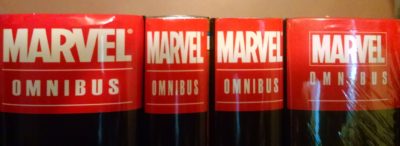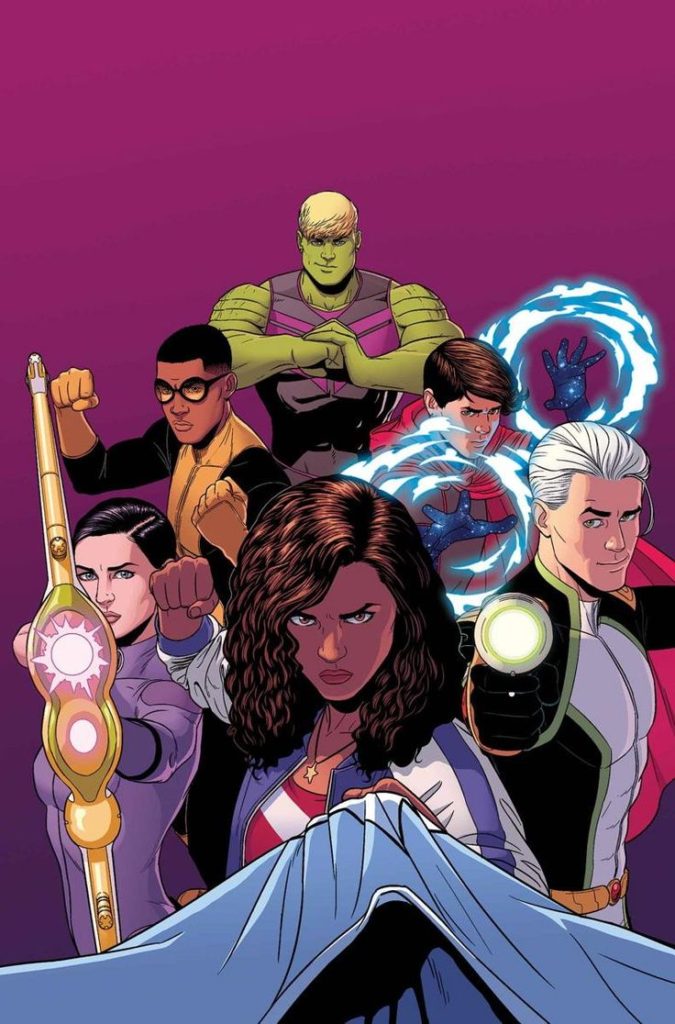This week I’m here with an especially rare new guide CK’s Plegeonaut Patrons on Patreon – a guide to a Marvel villain! I find villain guides to be some of the most-challenging to organize, and this villain might be the most-challenging of all because he exists in multiple time periods and has had multiple identities – sometimes all at once! After a lot of puzzling and a lot of reading, I’m proud to present my Guide to Kang the Conqueror!
Kang is one of those characters that my 30+ years of comic reading has suggested is incredibly complicated, but I’m here to tell you that his centuries-spanning history really isn’t as complex as the comics (and some fans) make it out to be.
First things first: Kang is from the future of the Marvel Universe, but not the future of Earth-616! He is from an alternate 30th Century future Earth that was visited by Reed Richards’ time-traveling father, Nathaniel Richards. He inspired young Kang, so he took on his name. Thus, Kang is often also known as Nathaniel Richards (Earth-6311).
How did Nathaniel Richards of Earth-6311 wind up in our present day comics? And what do Iron Lad, Rama-Tut, and Immortus have to do with it? It’s a lot simpler than you might think.
[Read more…] about New for Patrons: Guide to Kang the Conqueror (including Iron Lad & Rama-Tut)

 As we continue our trip backwards down Marvel Memory Lane, I’m here to convince you to read – or, at least, covet – 12 more Marvel runs, this time from 1998 to 2008.
As we continue our trip backwards down Marvel Memory Lane, I’m here to convince you to read – or, at least, covet – 12 more Marvel runs, this time from 1998 to 2008.
